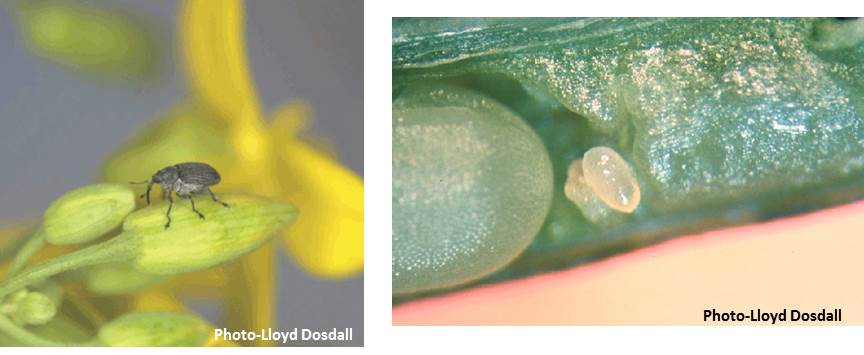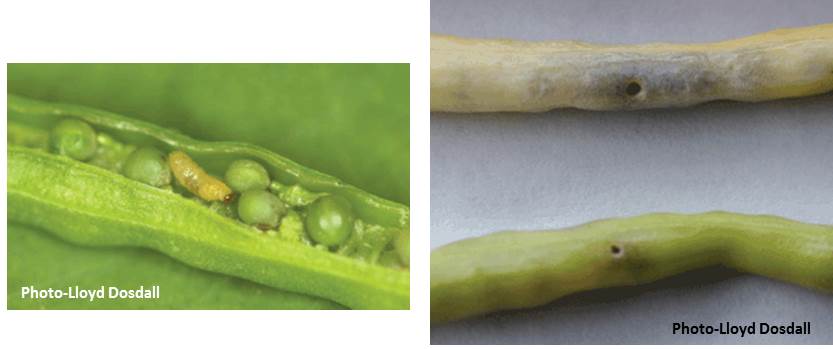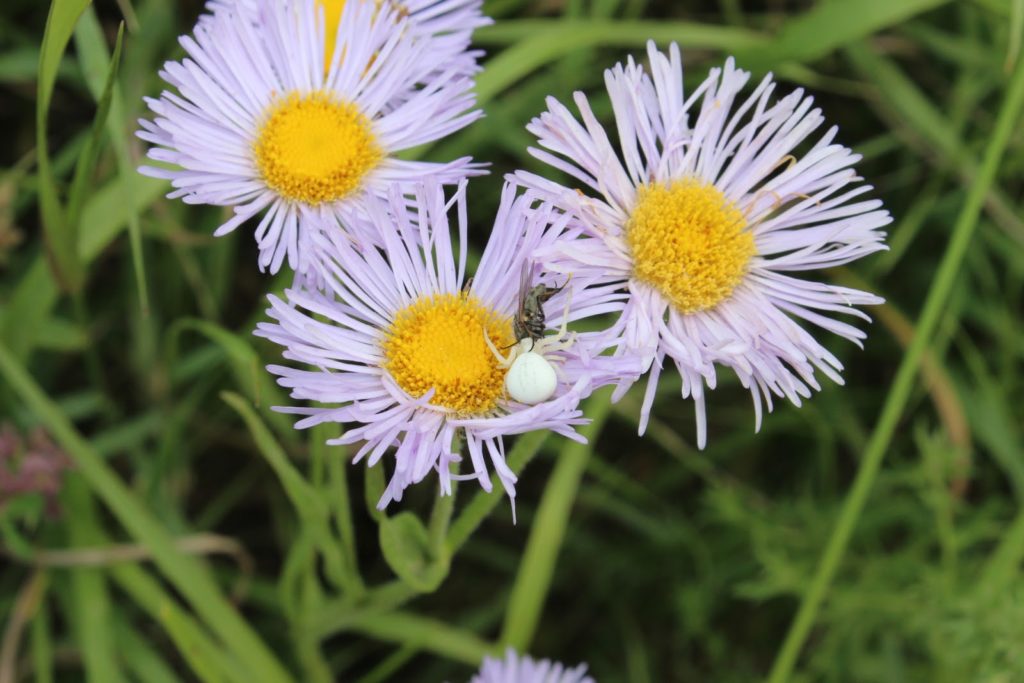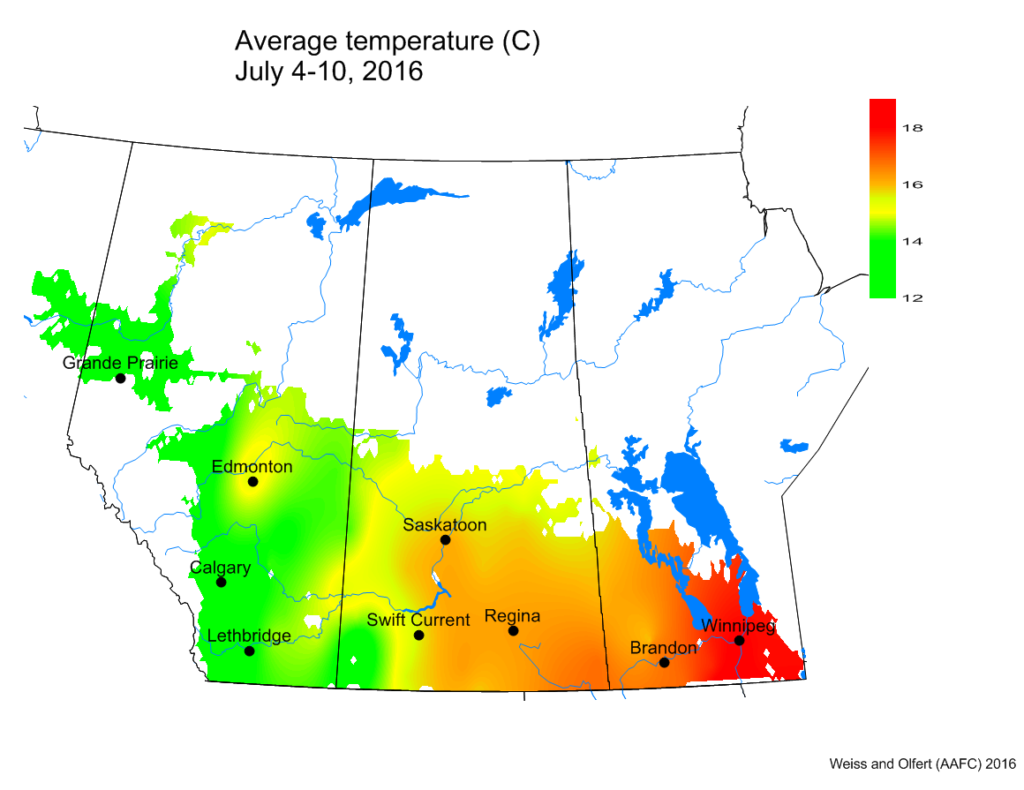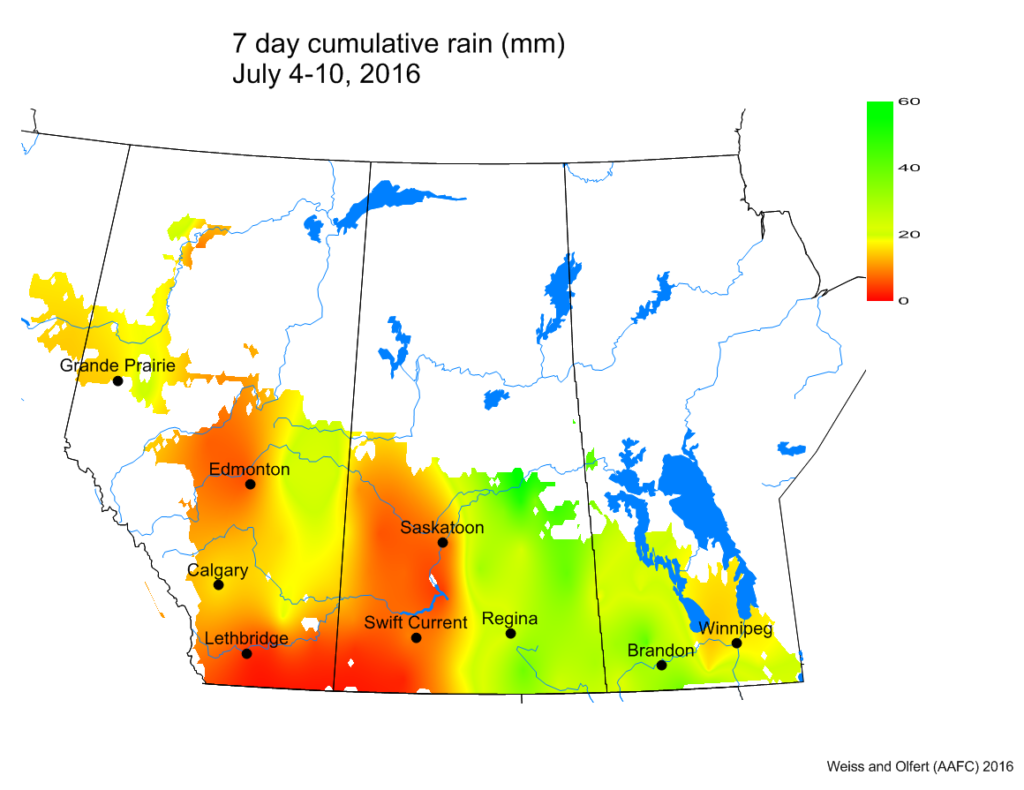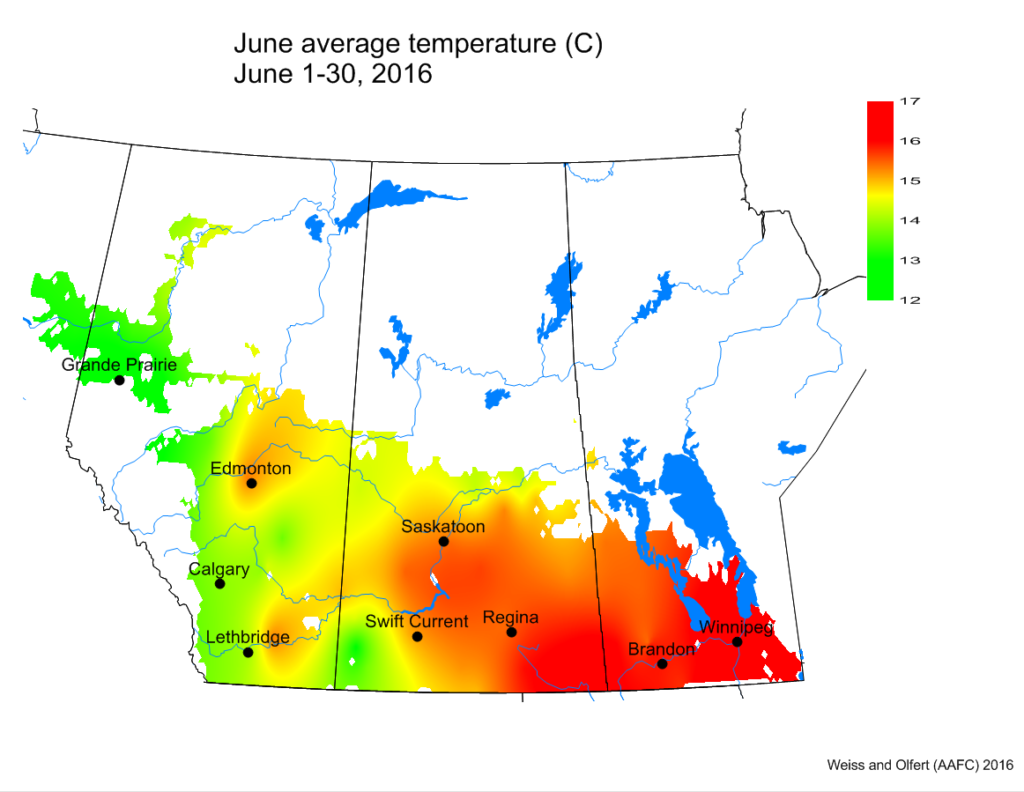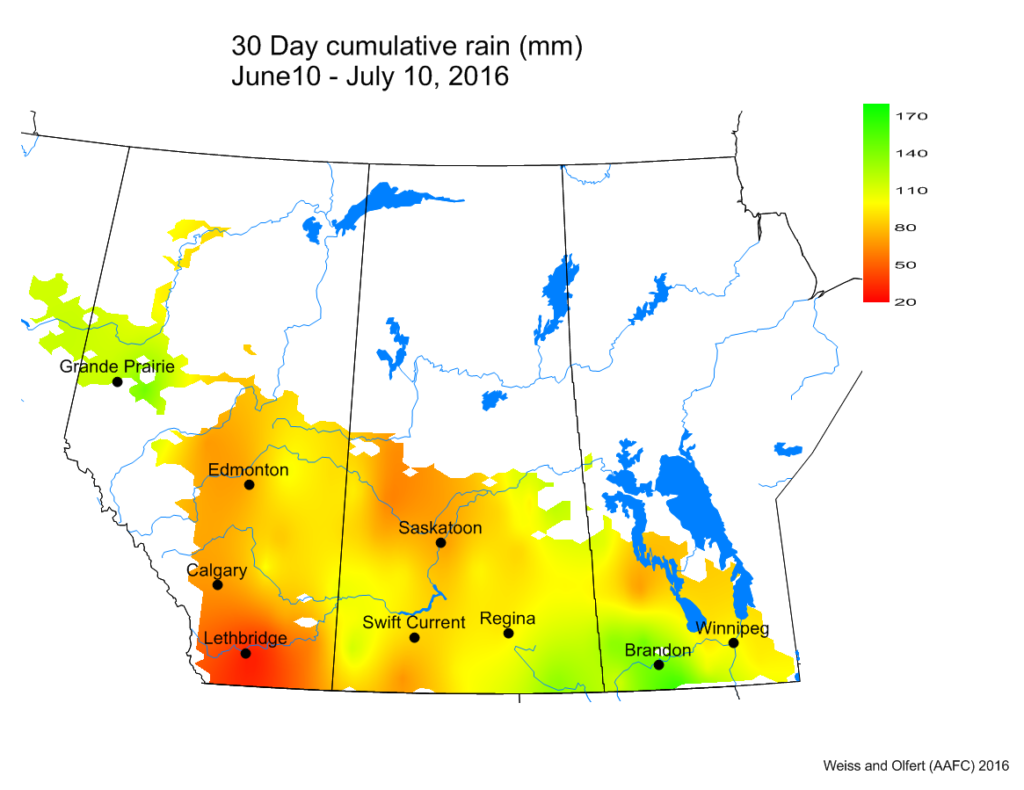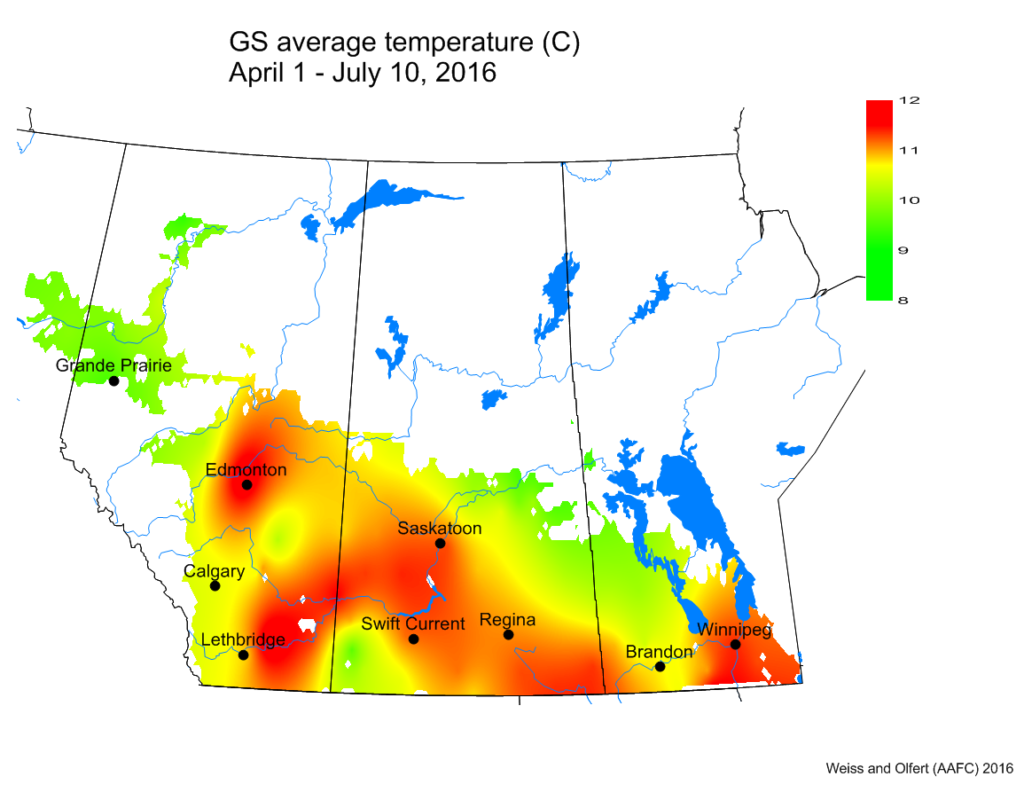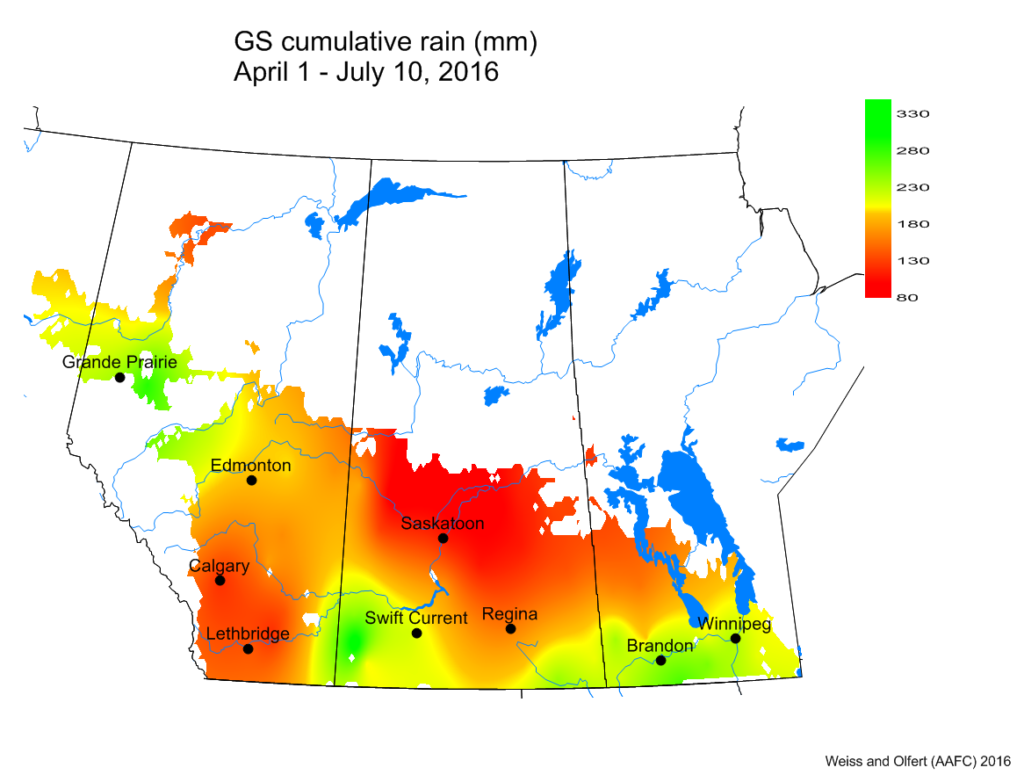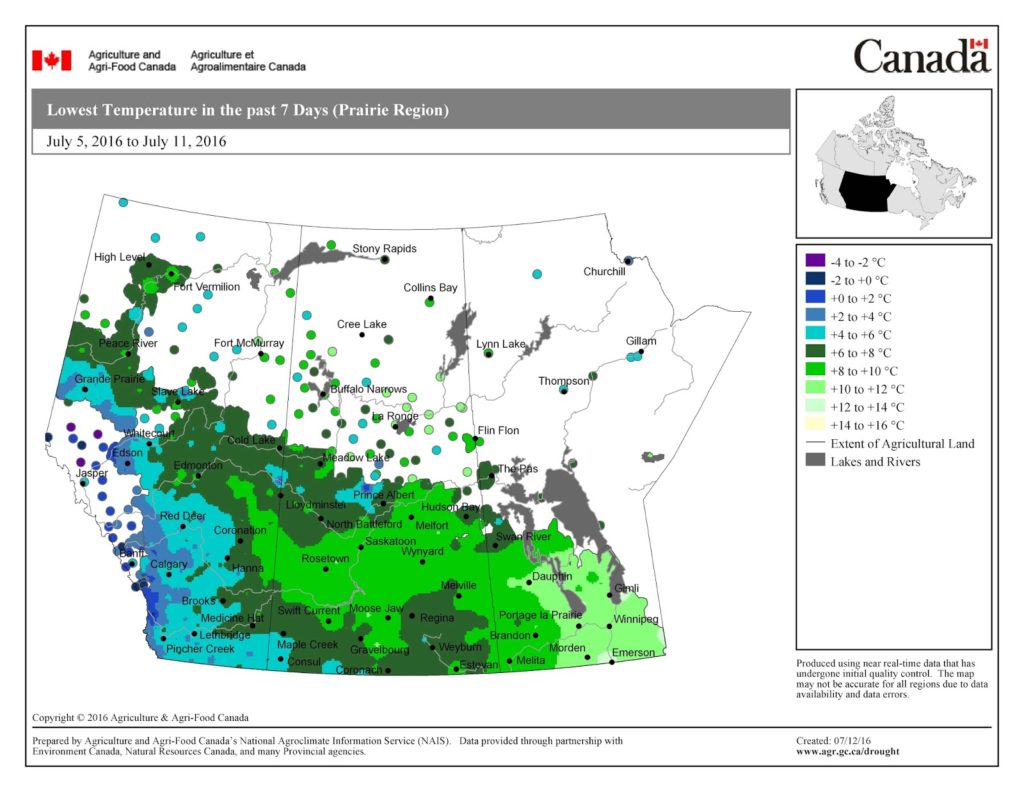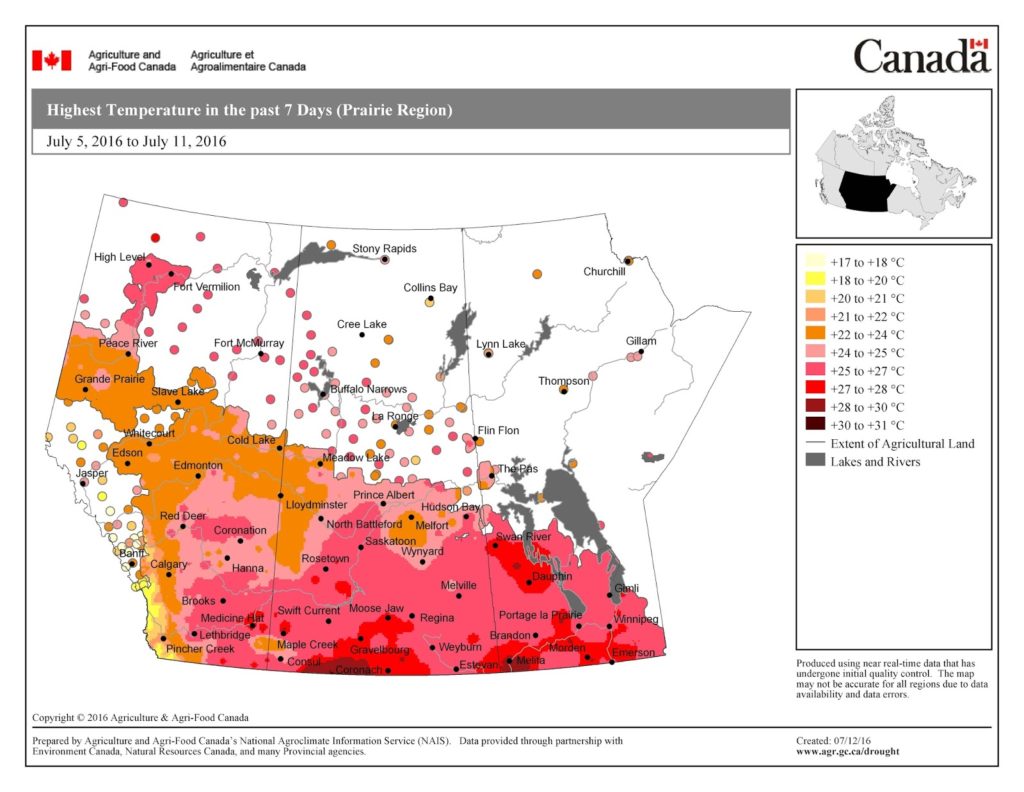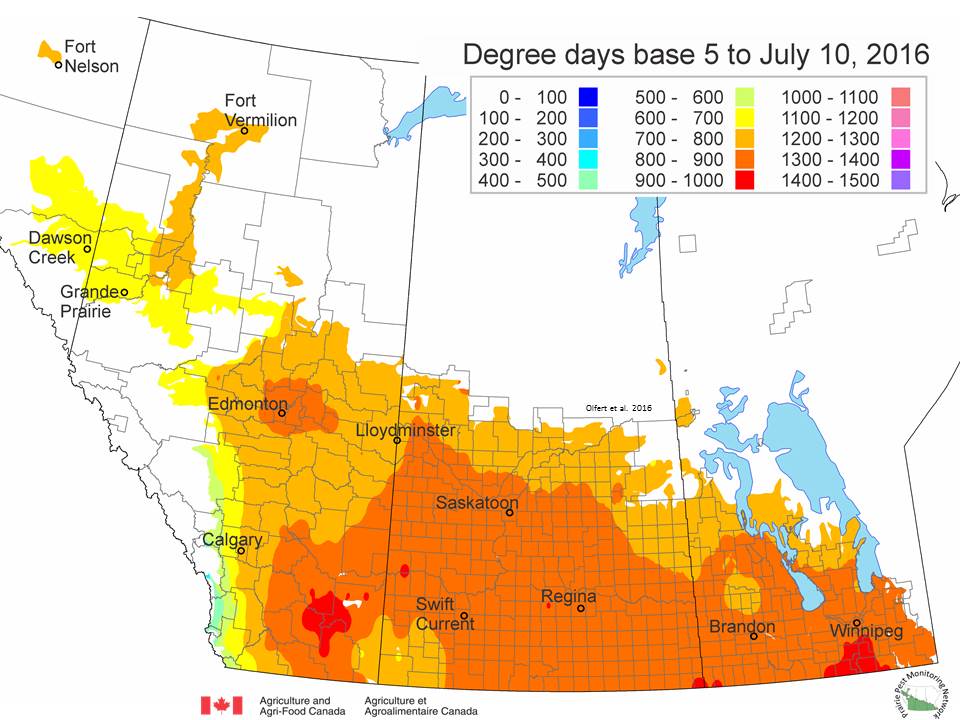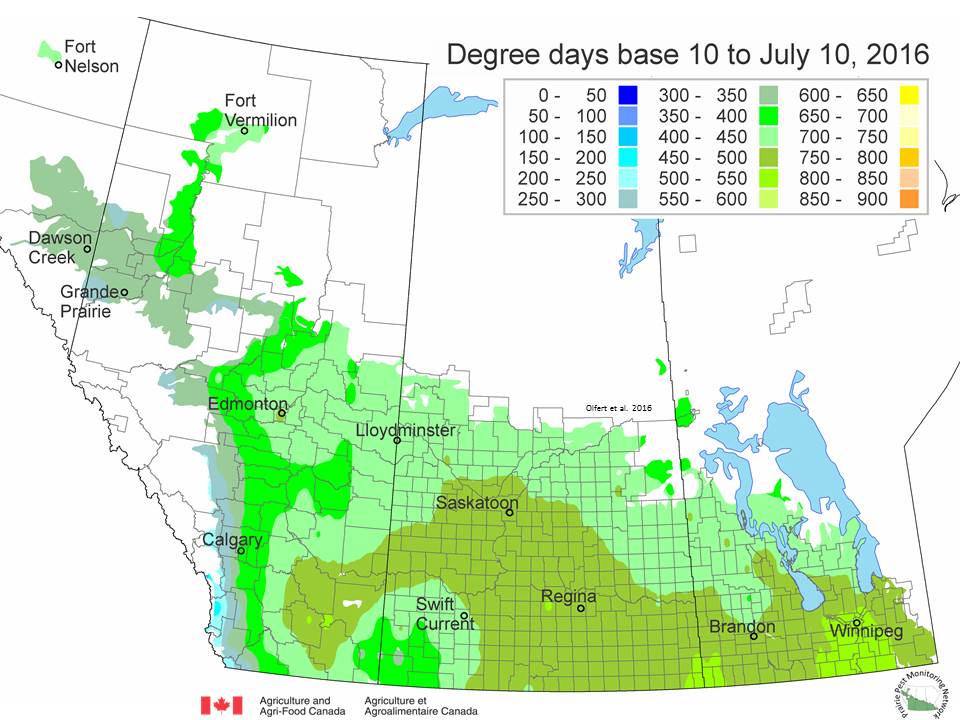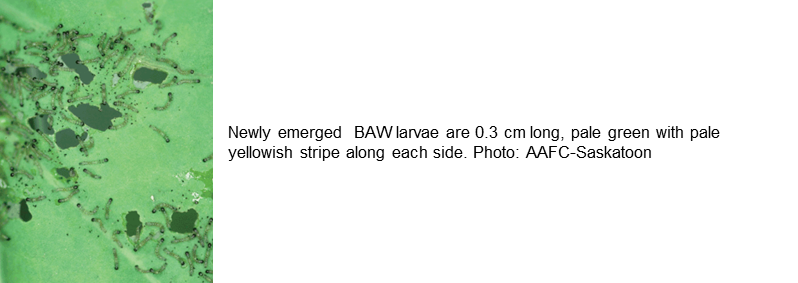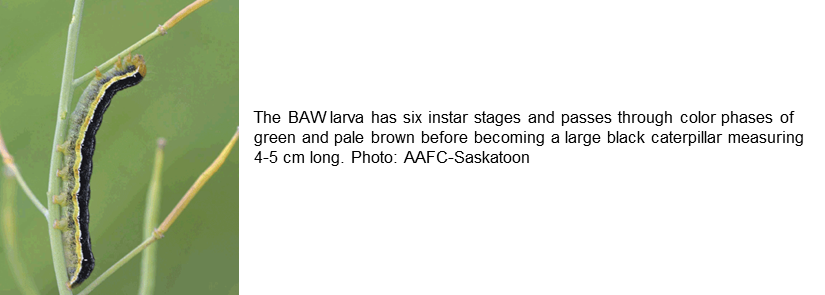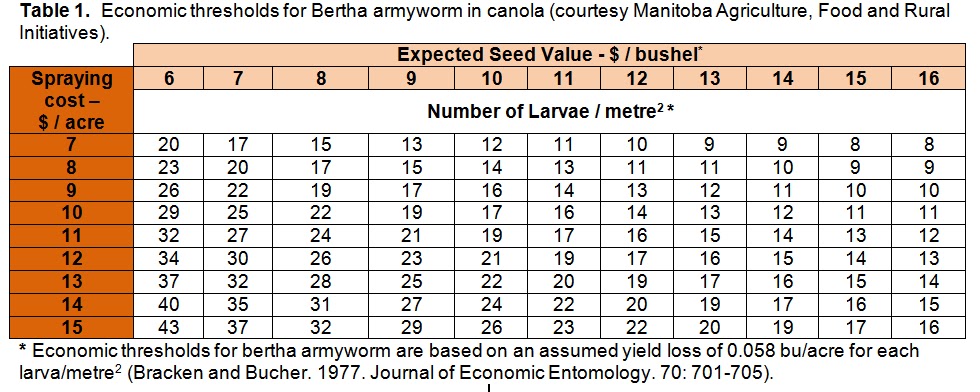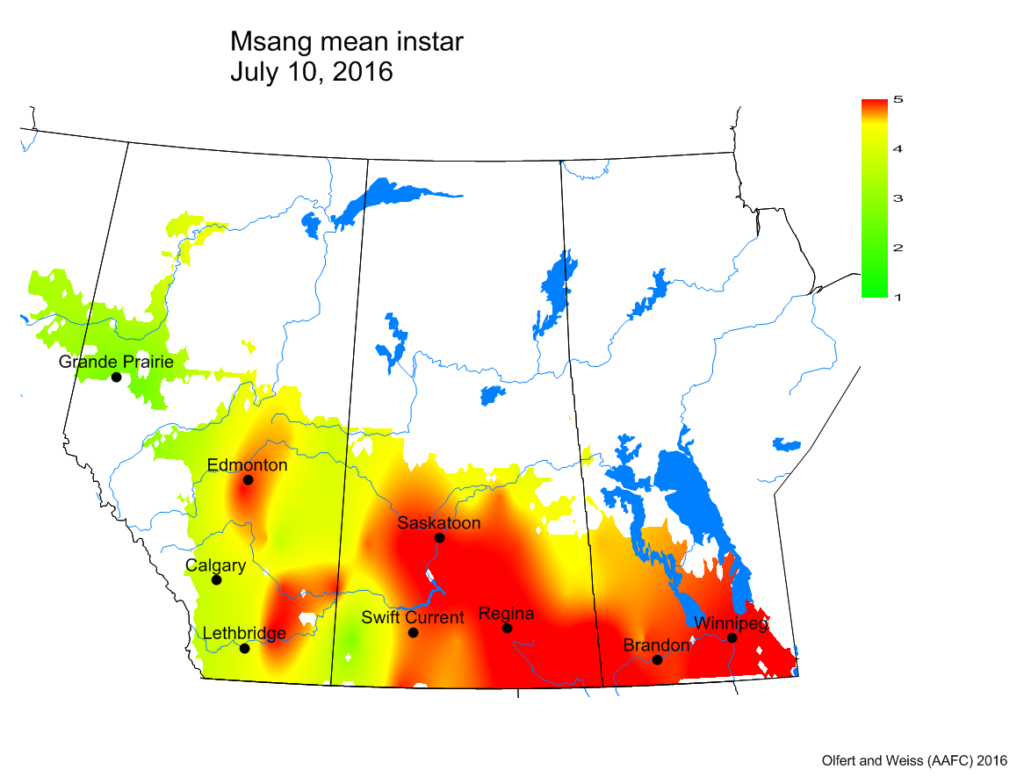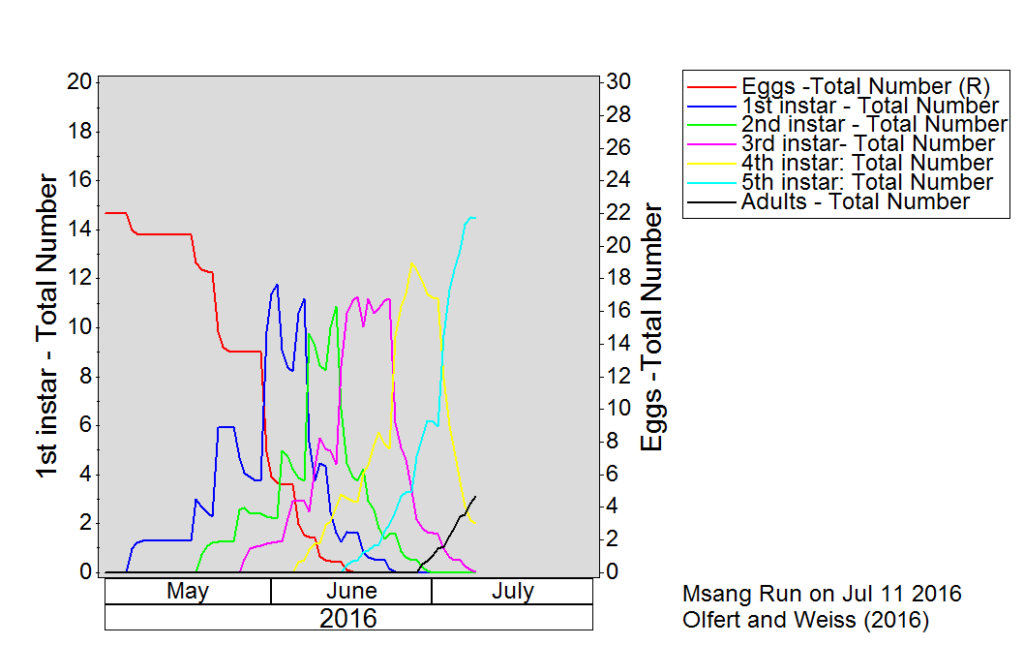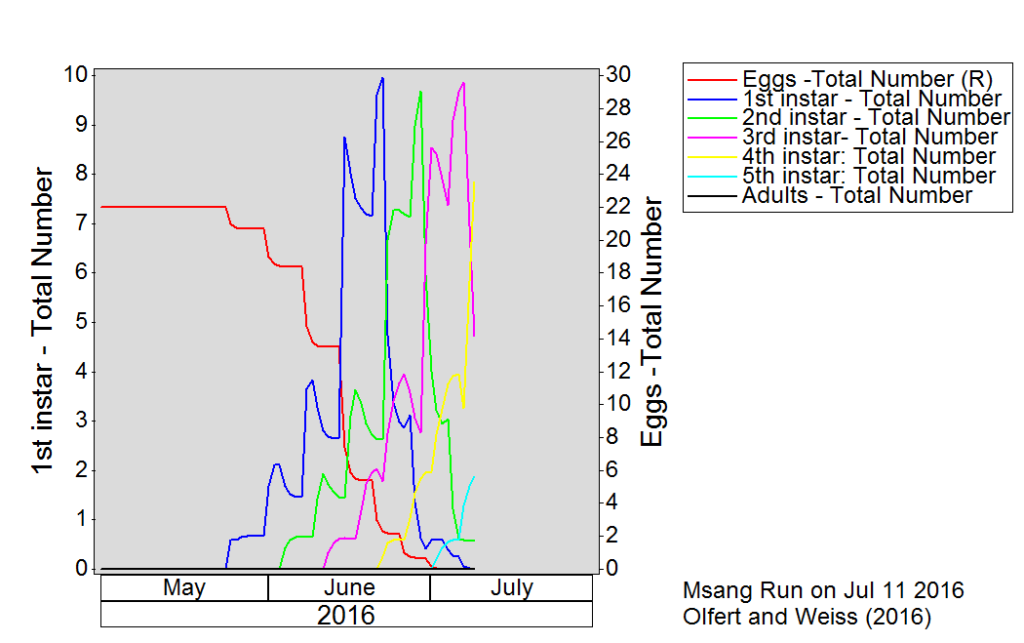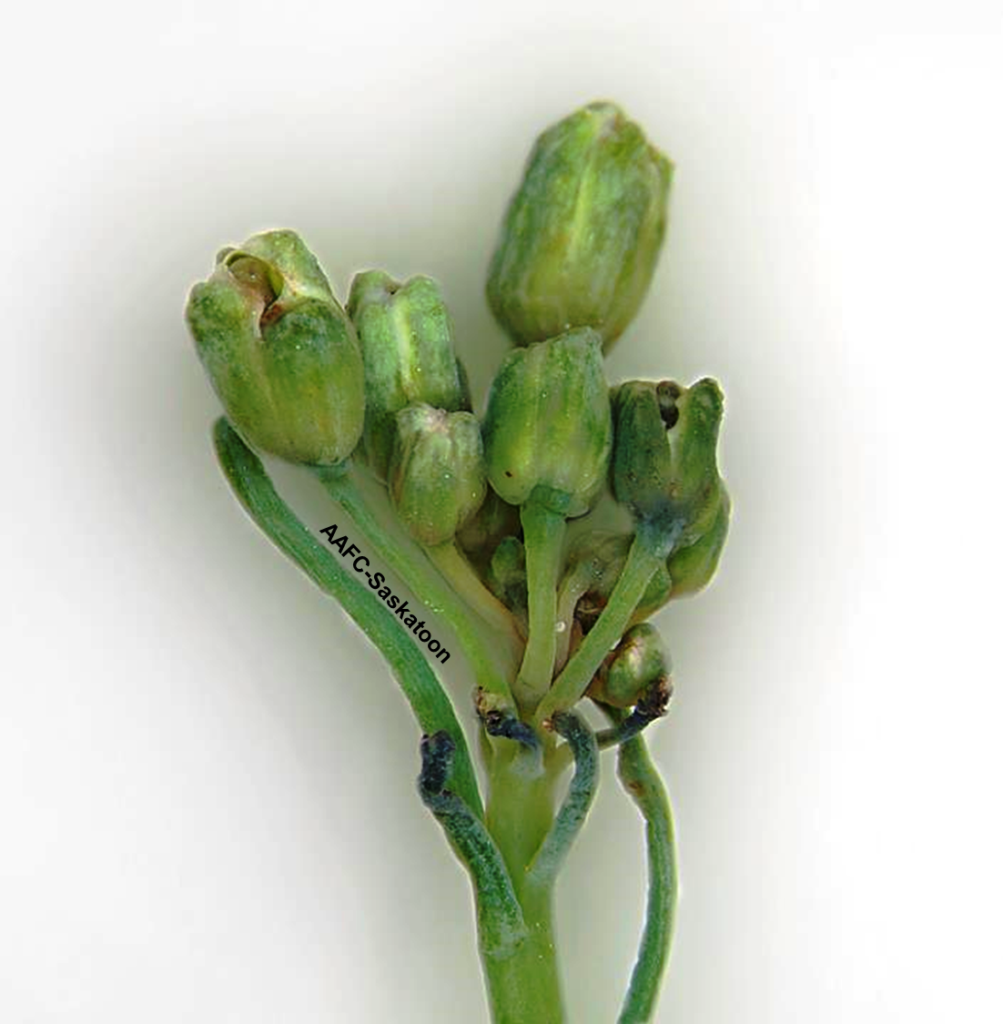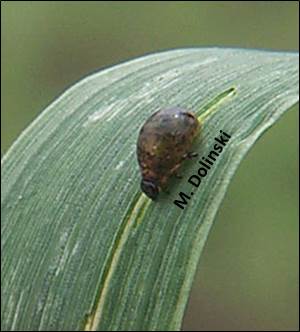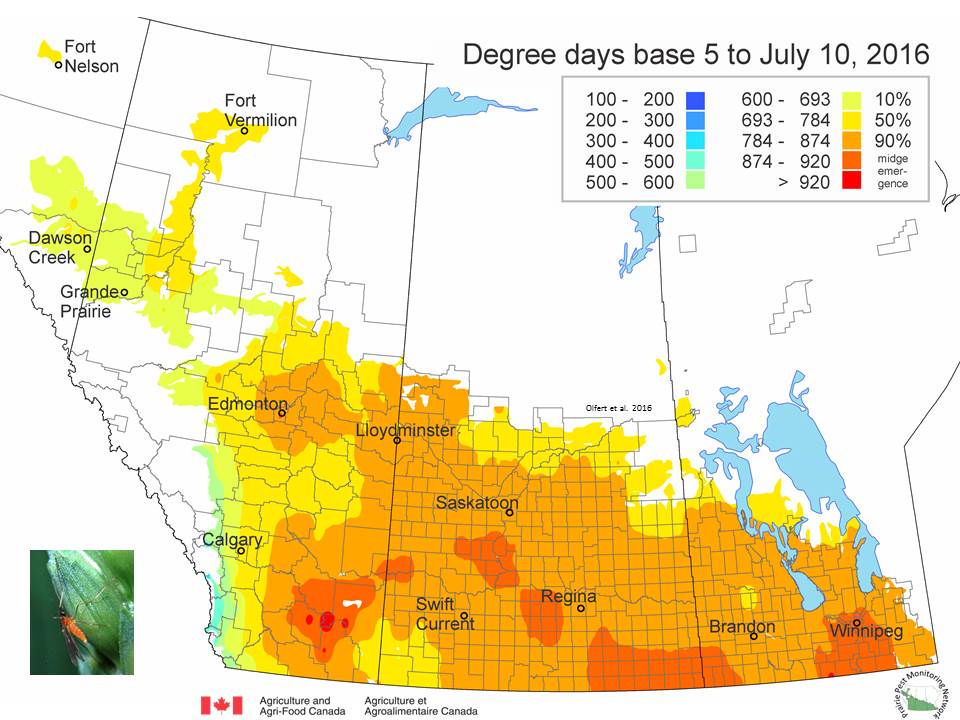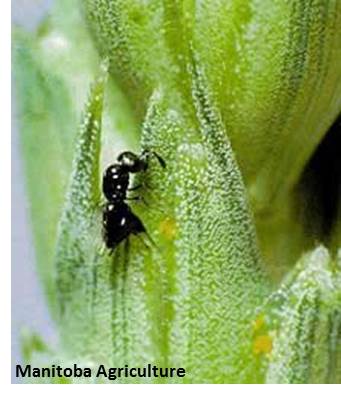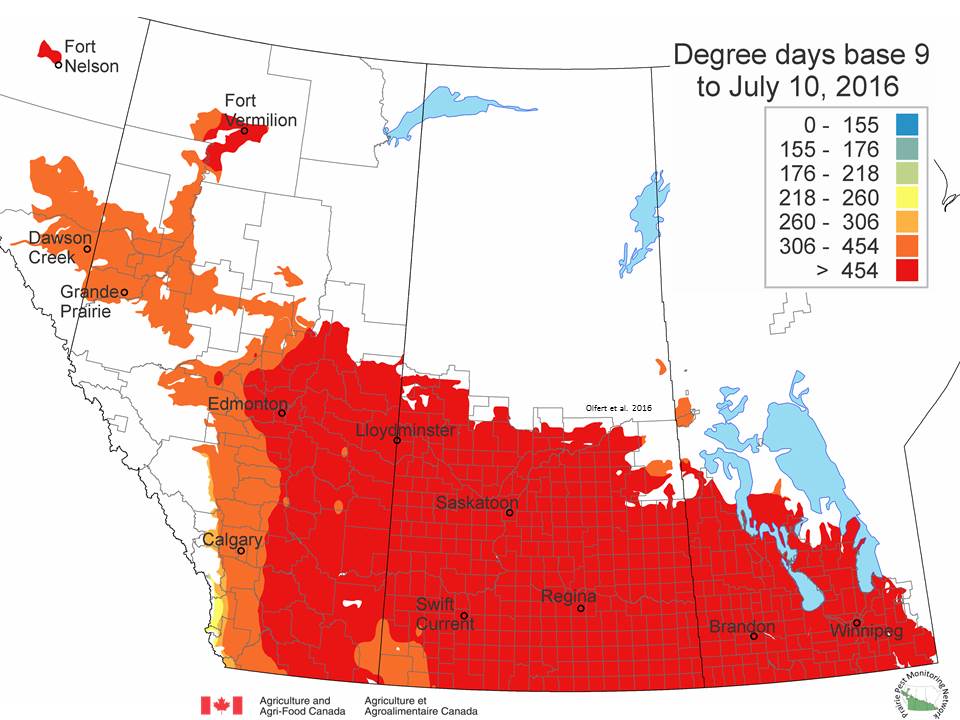Cabbage seedpod weevil (Ceutorhynchus obstrictus) – Reminder – There is one generation of CSPW per year and the overwintering stage is the adult which is an ash-grey weevil measuring 3-4mm long (Refer to lower left photo). Adults typically overwinter in soil beneath leaf litter within shelter belts and roadside ditches.
Monitoring:
● Begin sampling when the crop first enters the bud stage and continue through the flowering.
● Sweep-net samples should be taken at ten locations within the field with ten 180° sweeps per location.
● Count the number of weevils at each location. Samples should be taken in the field perimeter as well as throughout the field.
● Adults will invade fields from the margins and if infestations are high in the borders, application of an insecticide to the field margins may be effective in reducing the population to levels below which economic injury will occur.
● An insecticide application is recommended when three to four weevils per sweep are collected and has been shown to be the most effective when canola is in the 10 to 20% bloom stage (2-4 days after flowering starts).
● Consider making insecticide applications late in the day to reduce the impact on pollinators. Whenever possible, provide advanced warning of intended insecticide applications to commercial beekeepers operating in the vicinity to help protect foraging pollinators.
● High numbers of adults in the fall may indicate the potential for economic infestations the following spring.
Damage: Adult feeding damage to buds is more evident in dry years when canola is unable to compensate for bud loss. Adults mate following a pollen meal then the female will deposit a single egg through the wall of a developing pod or adjacent to a developing seed within the pod (refer to lower right photo). Eggs are oval and an opaque white, each measuring ~1mm long. Typically a single egg is laid per pod although, when CSPW densities are high, two or more eggs may be laid per pod.
There are four larval instar stages of the CSPW and each stage is white and grub-like in appearance ranging up to 5-6mm in length (refer to lower left photo). The first instar larva feeds on the cuticle on the outside of the pod while the second instar larva bores into the pod, feeding on the developing seeds. A single larva consumes about 5 canola seeds. The mature larva chews a small, circular exit hole from which it drops to the soil surface and pupation takes place in the soil within an earthen cell. Approximately 10 days later, the new adult emerges to feed on maturing canola pods. Later in the season these new adults migrate to overwintering sites beyond the field.
Please find additional detailed information for CSPW in fact sheets posted by Alberta Agriculture and Forestry, Saskatchewan Agriculture, or the Prairie Pest Monitoring Network.
Also watch provincial reports for updates on surveying underway now. Alberta Agriculture & Forestry has released a new live CSPW map and online reporting tool for growers. A screenshot (retrieved 13 July 2016) is included below.

